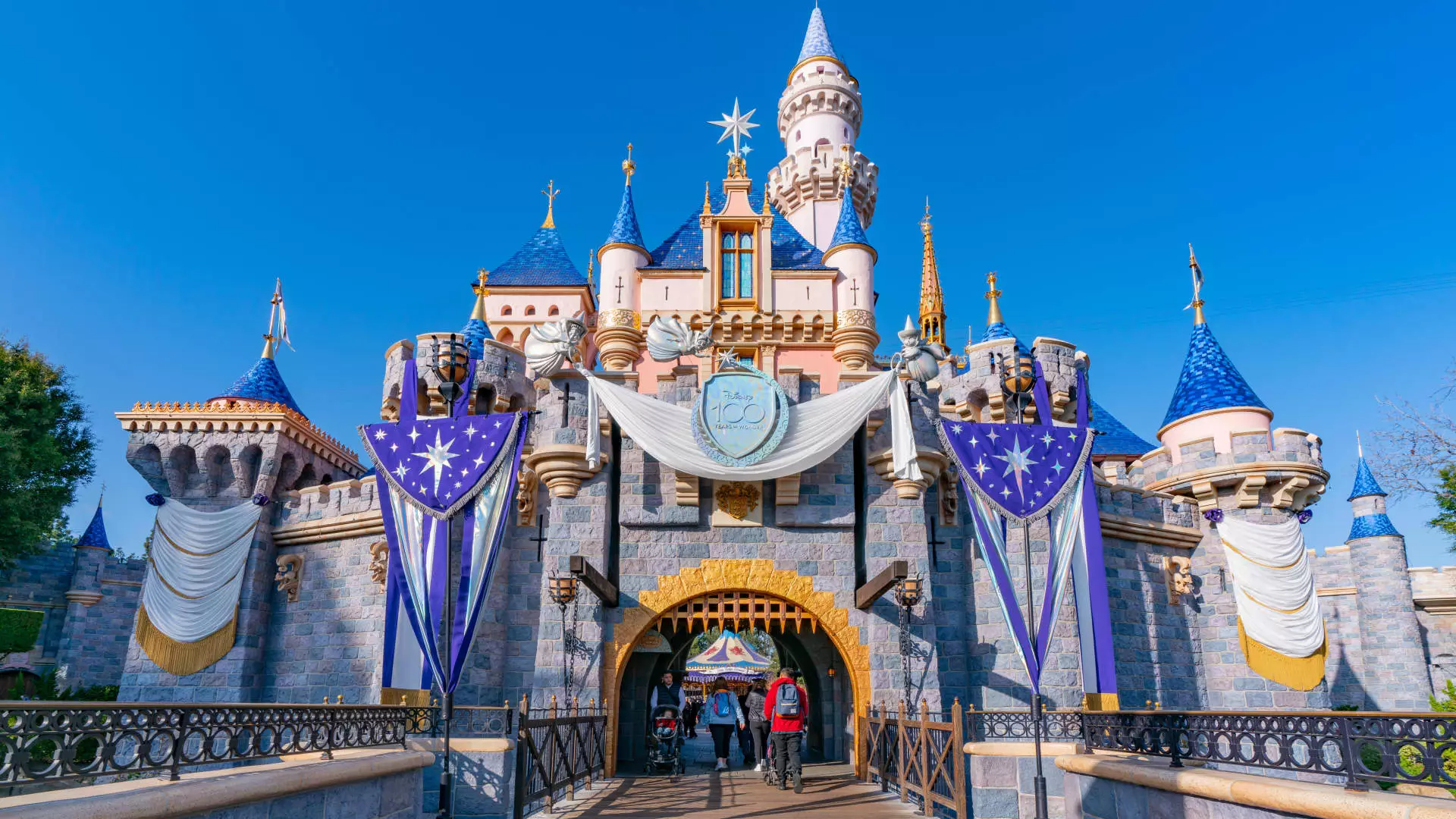Disneyland has long been a beloved destination for families seeking adventure and magical experiences. However, recent announcements about ticket price hikes have reignited discussions about the affordability of visits to this iconic theme park. In a move that blends basic economics with seasonal demand, Disneyland is adjusting its pricing structure, and it’s essential to dissect what this means for visitors.
According to Disneyland Resort’s latest announcement, the base price for entry-level tickets remains at $104. This price has not changed for the past six years. However, other ticket tiers, influenced by demand fluctuations, will see increases ranging between $7 and $12. This change translates to a price rise of approximately 5.9% to 6.5%—a notable increase in an industry where even slight adjustments can spark significant debate.
In addition to changes in daily admission prices, Disneyland is also raising the costs of its Magic Key annual passes. The increases here vary significantly, ranging from 6% to a substantial 20%, depending on the specific tier of the annual pass. The raises—from $100 to $125 for different pass types—could compel some frequent visitors to reconsider their annual commitments. These alterations, which began affecting consumers immediately, are part of a broader strategy where Disneyland continuously tunes its pricing model to align with consumer behavior and market demand.
Disneyland’s recent ticket price increases arrive at a time when scrutiny over theme park affordability is high. Many visitors express concerns about the escalating costs of entry, lodging, and dining, putting financial strain on families looking to enjoy the magic of Disneyland. The question arises: At what point does the cost of admission outweigh the park’s value, particularly for families operating within strict budget constraints?
To mitigate some of these concerns, Disney has introduced promotional offers aimed at encouraging visitations during off-peak times. For example, a recent announcement revealed a special $50 ticket available for children that will be valid after January 7. Furthermore, discounted hotel rates could save families up to 20% for stays starting in January, representing Disney’s attempt to balance demand while still being accessible.
Disneyland’s approach to pricing is reminiscent of economic models employed across various industries, such as airlines and hotels, where prices fluctuate based on demand. This system operates on the premise that during peak seasons—like holidays and school breaks—prices will rise due to heightened demand. Conversely, calendar periods with lower foot traffic see reduced prices, creating a clear incentive for families to visit during less busy times.
The strategic use of a tiered ticketing system allows Disney to manage visitor inflow more effectively. For instance, while the lowest tier remains at $104, the upper tier (Tier 6) can reach up to $206 per ticket, reflecting the increased value attached to higher demand. Each tier not only represents different price points but also offers varied access to the park, thereby appealing to different demographics and making the park more accessible during off-peak times.
For many Disneyland enthusiasts, the Magic Key annual pass is an appealing option, particularly with the potential to enjoy exclusive perks. However, the recent price hikes could challenge this appeal for some passholders. The four tiers, from the entry-level Imagine pass at $599 to the premium Inspire pass costing $1,749, highlight significant investments for any family keen on frequent visits. Each tier comes with unique privileges, including early access to new attractions and discounts on various amenities, yet the financial implications of these adjustments may prompt potential buyers to reconsider their options.
While Disneyland in California is experiencing ticket price changes, Disneyland’s counterpart, Walt Disney World Resort in Florida, has not yet announced similar adjustments. Interestingly, guests looking to visit the renowned theme parks in Florida have already witnessed pricing changes for 2025, reflecting an ongoing trend in managing demand effectively.
As Disneyland evolves and adapts its pricing strategies, it raises crucial questions: How much are families willing to pay for the whimsical experiences that Disneyland promises? Will these adjustments alienate loyal visitors or encourage thoughtful planning around visits? Only time will tell, but as we venture onward, families will remain keenly aware of the balance between magical experiences and their financial implications.

Leave a Reply